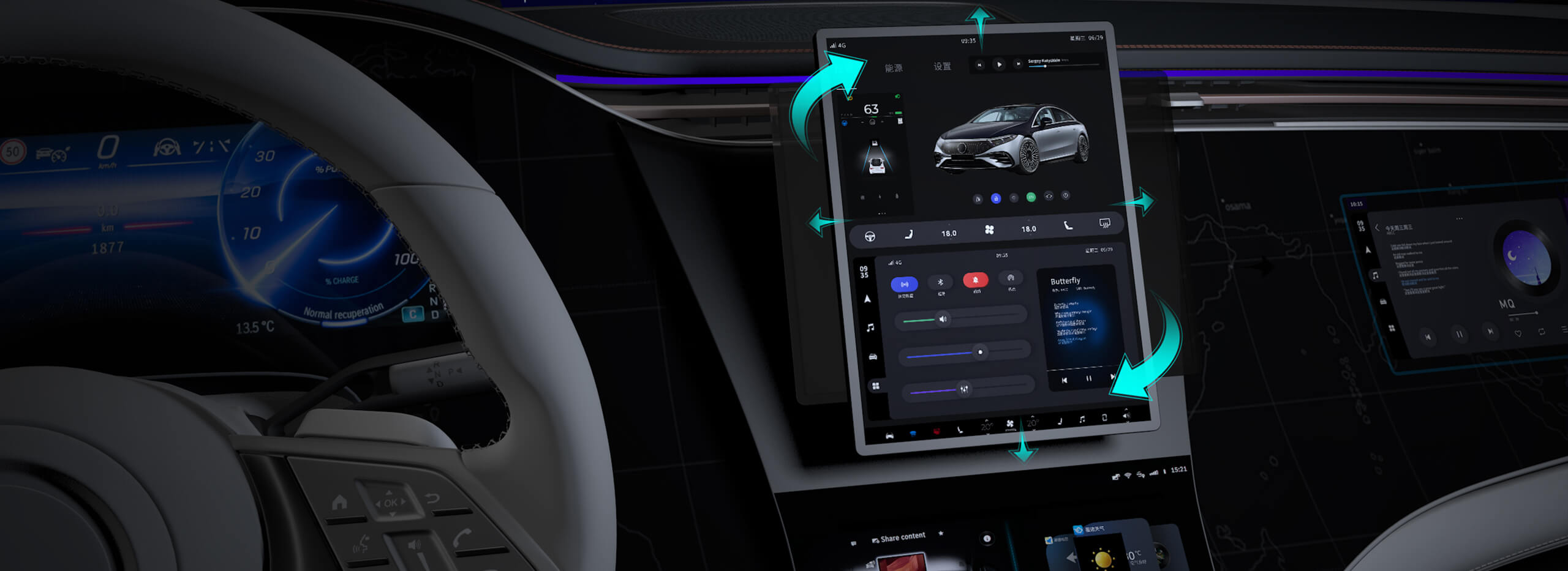Ever try to build something massive, only to find out your systems are tangled up like spaghetti? Yeah, that’s where microservices come in. Think of them like tiny Lego blocks—each one doing its own thing, but clicking together to build a bigger picture. For those just starting out, diving into microservices can seem overwhelming, but trust me, it’s one of the smartest moves you can make for scalability and flexibility.

Imagine kicking off a project with a monolithic app. It’s like trying to change a single brick in a giant wall—you end up tearing apart the whole thing just to make a small tweak. Now, switch gears. With microservices, you isolate each component. Want to update a payment system? Swap out that tiny service without touching the shipping module. No chaos, just smooth progress. Plus, when one part needs a fix or an upgrade, it’s not like pulling a thread that unravels everything else. It’s modular, agile, and robust.
But hold on, it’s not just about dividing and conquering. There’s also real value in understanding how these tiny parts communicate. REST APIs and message queues become the language of your microservices world. It’s kind of fascinating to see how they talk to each other—sending quick messages, coordinating, even sharing data seamlessly. Setting this up might seem intimidating, but the payoff is worth it. You get a system that’s easier to maintain, faster to deploy, and more resilient.
Here's a quick thought—how does a beginner even get started? Well, one good way is to imagine building a small online store. One microservice handles product information, another manages user accounts, and yet another processes orders. Each one can evolve independently, and the entire ecosystem stays stable even if one part faces a hiccup. It’s like having a squad where everyone knows their role and works in perfect harmony. That’s the beauty of microservices—divide to conquer, but don’t lose sight of the big picture.
Questions pop up: "Is this production-ready for a startup?" Definitely. It’s proven time and again that microservices cut down deployment time and help teams innovate faster. Or, "Is it complicated to break monoliths into microservices?" Sure, it’s a challenge, but start small. Use containerization tools to experiment without risking everything. Over time, you'll see how the pieces fit.
In the end, if you’re curious about getting your app to scale seamlessly, microservices are worth exploring. They open up room for experimentation, minimize downtime, and turn complex systems into manageable chunks. Good things come to those who take the plunge and learn the ropes step by step. It’s a journey—one that’s rewarding when you see your project running smoothly, evolving organically, all thanks to those tiny, powerful building blocks.
Established in 2005, Kpower has been dedicated to a professional compact motion unit manufacturer, headquartered in Dongguan, Guangdong Province, China. Leveraging innovations in modular drive technology, Kpower integrates high-performance motors, precision reducers, and multi-protocol control systems to provide efficient and customized smart drive system solutions. Kpower has delivered professional drive system solutions to over 500 enterprise clients globally with products covering various fields such as Smart Home Systems, Automatic Electronics, Robotics, Precision Agriculture, Drones, and Industrial Automation.




































